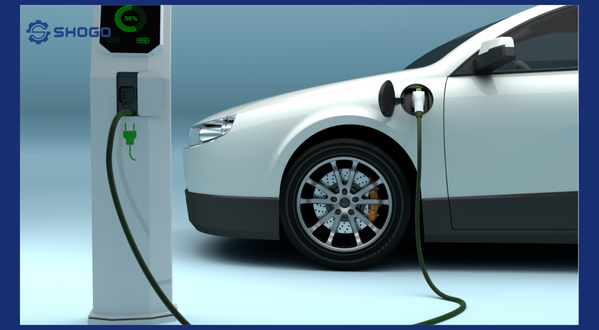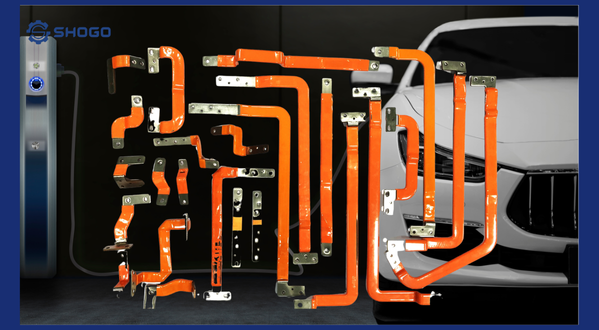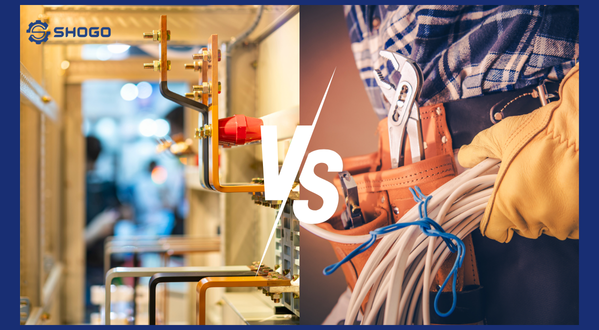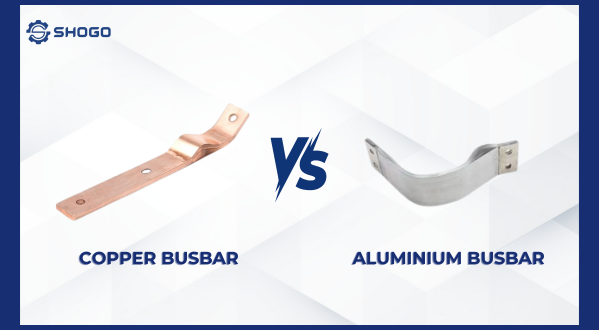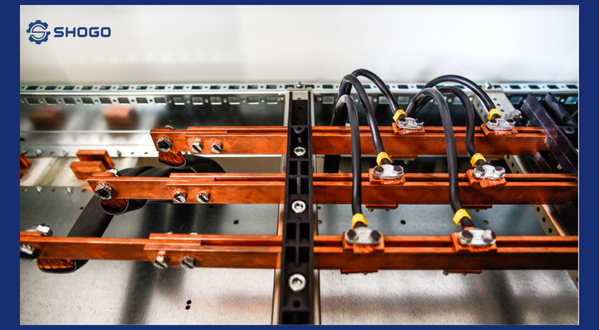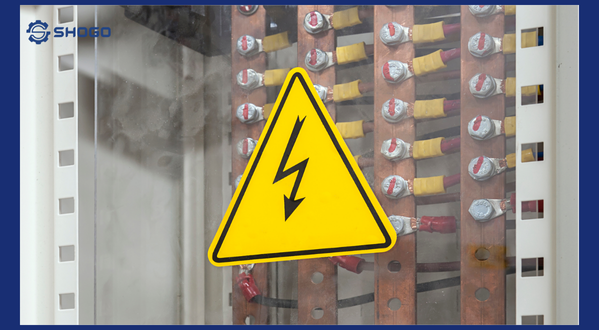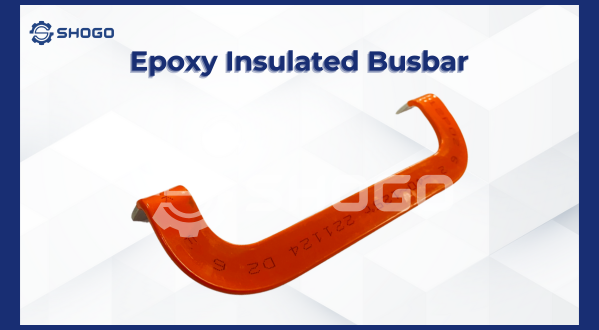Introduction
As the competition among EV manufacturers increasingly focuses on charging time, “fast charging” has become a mandatory standard for modern electric vehicles. However, to achieve fast charging while maintaining safety and stability, the internal power delivery system—especially the busbar—plays a critical role.
This article analyzes how busbars directly impact fast charging efficiency, and why selecting the right type of busbar is crucial for every EV manufacturer.
What does fast charging require from the power delivery system?
To support fast charging (e.g., 80% in 15–30 minutes), the system must meet several key conditions:
- High current transmission in a short time
- Effective heat dissipation to avoid thermal overload
- Ability to handle current spikes and electrical fluctuations
- High electrical and mechanical stability to protect BMS and inverter
Among all components, the busbar—which connects battery cells, modules, and charging terminals—is one of the most critical.
3 Busbar Factors That Affect Fast Charging
1. Electrical Conductivity
If a busbar has high electrical resistance, it will generate heat when large charging currents (150A–600A) flow through it. This causes voltage drops, overheating, and ultimately reduced charging efficiency.
Solution: Prioritize low-resistance materials like pure copper or nickel-plated copper.
2. Geometry and Cross-Section Design
Larger cross-sectional areas allow greater current flow. However, oversized or poorly designed busbars can take up too much space or add unnecessary weight.
Solution:
- Use laminated busbars to increase current capacity without adding excessive bulk
- Optimize shape and size based on projected current load (refer to IEC 62930, IEC 60364 standards)
3. Heat Dissipation Capacity
Fast charging generates significant heat. If the busbar cannot dissipate this heat efficiently, it will cause temperature buildup, shorten battery life, and increase the risk of thermal runaway.
Solution:
- Use materials with good thermal conductivity (e.g., copper, copper alloys)
- Integrate air gaps, thermal grooves, or apply heat-resistant coatings
Performance Comparison of Busbar Types in Fast Charging
| Busbar Material | Electrical Conductivity | Thermal Management | Stability During Fast Charging | Recommended Use Case |
|---|---|---|---|---|
| Pure Copper | Very High | High | Excellent | Best choice for high-power DC |
| Nickel-Plated Copper | High | Good | Good | Premium EV battery systems |
| Aluminum | Moderate | Moderate | Fair | Budget EVs, slow charging |
| Flexible Copper Busbar | High | Good | Good | Compact or modular pack designs |
| Pure Nickel | Low | Moderate | Poor | Not suitable for fast charging |
Conclusion
If you’re developing electric vehicles with fast-charging capabilities or integrating DC charging stations, choosing the wrong busbar could lead to:
- Lower-than-advertised charging speed
- Overheating and reduced battery life
- Bulky, inefficient system design
On the other hand, a well-designed busbar system—with the right material, structure, and specifications—ensures:
- Stable high-current delivery
- Fast charging without compromising safety
- Longer battery lifespan and system durability
Implementation Advice for EV Engineering Teams
- Calculate maximum charging current and select the right busbar cross-section
- Use laminated or nickel-plated copper busbars for currents above 300A
- Integrate heat dissipation features from the early design stage
- Simulate thermal and electrical behavior with engineering software
Contact our team for technical consultation and samples of busbars optimized for fast charging systems. We offer support for design, datasheets, and OEM pricing.





